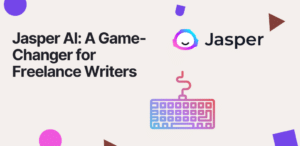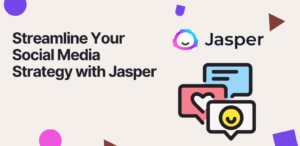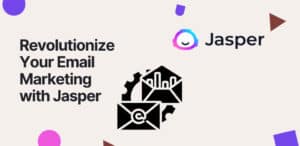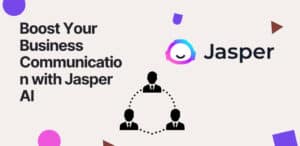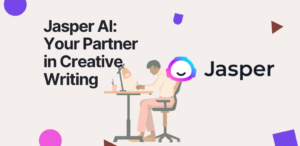Want to learn Swift but don’t know how? Learn to Swift quickly and easily with the power of AI and modern tools like Jasper, ChatGPT, or copy.ai.
Here are 100 helpful prompts for anyone looking to learn Swift, a powerful and intuitive programming language used to develop iOS, macOS, watchOS, and tvOS apps. These prompts will help improve the quality of life for learners and provide value add to their learning experience. Let’s dive in!
You can copy and paste the prompt into your favorite AI text generation tool.
Table of Contents
Basic Concepts
If you’re new to CSS, these prompts will help you get started.
Basic Syntax
In this category, you’ll find prompts that cover the foundational concepts of Swift programming, such as variables, data types, operators, conditional statements, and loops. These prompts will help you build a strong foundation in Swift and understand the basics of programming.
Functions
Functions are a fundamental building block of Swift code, and this category covers prompts that delve into the different aspects of using functions in Swift. You’ll learn how to define and call functions, pass arguments, handle optional and nil values, and use closures and guard statements.
Classes and Objects
Object-oriented programming is a powerful paradigm that Swift supports, and this category covers prompts that explore how to define and use classes and objects in Swift. You’ll learn about properties, methods, inheritance, polymorphism, protocols, and delegates, which are key concepts in building complex data structures and modular code.
iOS App Development
If you’re interested in developing apps for iOS devices, this category is for you. You’ll find prompts that cover the basic components of an iOS app, such as view controllers, navigation controllers, table views, and collection views. You’ll also learn about Auto Layout, iOS frameworks like UIKit and Core Data, and best practices for building responsive and user-friendly apps.
Advanced Concepts
Once you have a good grasp of the basic concepts of Swift, it’s time to explore some of the more advanced features that Swift offers. This category covers prompts that delve into generics, extensions, computed properties, access control, lazy properties, observers, error handling, and memory management.
Debugging and Troubleshooting
Debugging and troubleshooting are essential skills for any programmer, and this category covers prompts that help you develop those skills in Swift. You’ll learn how to use print statements, breakpoints, Xcode’s debugging tools, and log files to diagnose and resolve issues in your code. You’ll also learn about common errors and pitfalls in Swift and how to avoid them.
Community and Resources:
Learning Swift is not just about writing code; it’s also about being part of a vibrant and supportive community of developers. This category covers prompts that help you find and join online communities, discover the best resources for learning Swift, stay up-to-date with the latest developments in the language, and find job opportunities in Swift development.
How useful was this post?
Click on a star to rate it!
Average rating 4.7 / 5. Vote count: 10
No votes so far! Be the first to rate this post.


